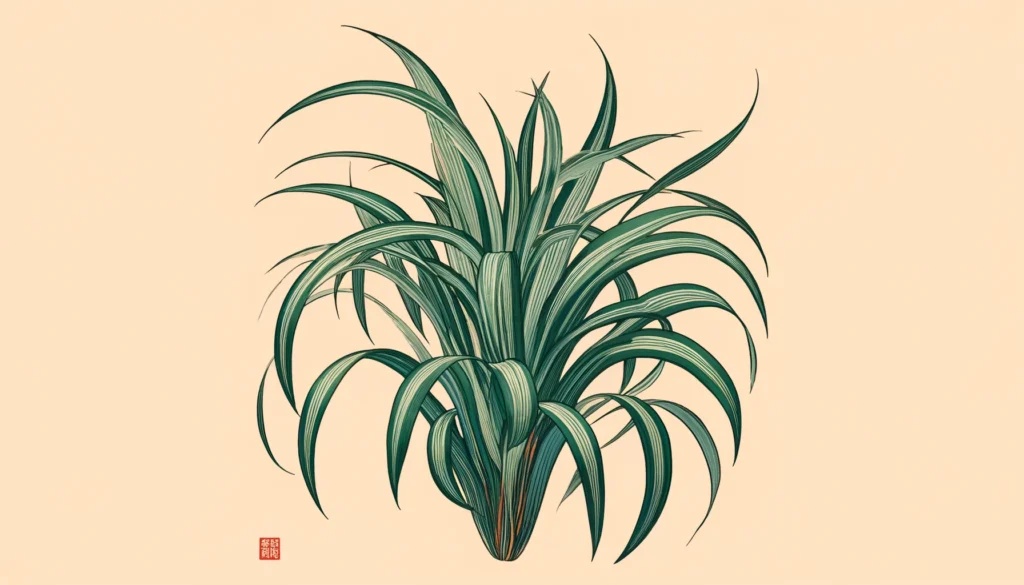

Home » Cat Plants » Is the Dracaena Plant Harmful to Cats?

Dracaena, a popular houseplant known for its attractive foliage, can pose a significant risk to cats if ingested. While cats are not necessarily allergic to dracaena, the plant contains toxic compounds called saponins that can cause adverse reactions in felines.
Dracaena plants are commonly found in homes and offices, making it crucial for cat owners to be aware of the potential dangers.
Ingestion may cause mild gastrointestinal upset, but is generally not life-threatening.
Ingestion can result in mild symptoms like vomiting, diarrhea, or drooling. Rarely fatal but may require veterinary care.
Eating these plants can lead to more pronounced symptoms like abdominal pain, lethargy, or difficulty breathing. Veterinary intervention may be necessary.
Ingesting even small amounts can cause severe symptoms like organ damage, seizures, or cardiac failure without rapid treatment.
All parts of these plants are extremely poisonous to cats and can quickly lead to death, even with immediate veterinary care.
** Please note: Please note that toxicity level can vary based on the amount ingested and the specific cat. It's always best to keep these plants completely inaccessible to cats and seek immediate veterinary care or call the poison hotline if you suspect your cat has ingested any part of a toxic plant.
If a cat ingests any part of a dracaena plant, including the leaves, stems, or roots, they may experience various symptoms indicative of poisoning. These symptoms can range from mild to severe, depending on the amount consumed and the cat’s individual sensitivity. Common signs of dracaena toxicity in cats include:
If you suspect your cat has ingested dracaena and is exhibiting any of these symptoms, it is crucial to seek veterinary care promptly.
When you bring your cat to the veterinarian with suspected dracaena poisoning, they will likely follow these steps to diagnose and treat the condition:
For more information on the diagnosis and treatment of plant poisoning in cats, visit the ASPCA Animal Poison Control Center.

A: Yes, cats can be allergic to Dracaena. Symptoms of an allergic reaction may include itching, sneezing, and skin irritation.
A: Yes, Dracaena is toxic to cats. Ingesting any part of this plant can cause symptoms such as vomiting, diarrhea, and drooling.
A: Symptoms of Dracaena poisoning in cats include vomiting, diarrhea, excessive drooling, loss of appetite, and lethargy. Immediate veterinary care is recommended if ingestion is suspected.
A: To prevent contact, ensure that Dracaena is not present in your home or garden. Keep your cat indoors or monitor outdoor activities closely to avoid exposure.
A: If your cat ingests Dracaena, contact your veterinarian immediately. Do not induce vomiting unless instructed by a veterinary professional. Immediate medical attention is necessary.
A: Yes, Dracaena is commonly found in homes and gardens as an ornamental plant. It is important to ensure this plant is kept out of reach of cats to prevent accidental ingestion.
Dracaena is a genus of plants native to Africa, Madagascar, and southern Asia. These plants have been popular as ornamental houseplants for decades due to their attractive foliage and low maintenance requirements. There are numerous species and cultivars of dracaena, each with its own unique appearance. Some popular varieties include Dracaena marginata, Dracaena fragrans, and Dracaena sanderiana.
Despite their popularity, dracaena plants have long been known to be toxic to pets, particularly cats and dogs. The toxic compounds in dracaena, called saponins, are present in all parts of the plant and can cause significant health issues if ingested.
Please note: The information shared in this post is for informational purposes only and should not be considered as veterinary medical advice.
🐾 A hilarious or heart-melting cat video
🐾 Our latest paws-on review of a cool cat toy